Very popular and very oversold, consumers are lining up and bending over to buy these. They are small solar chargers with a built in battery. They advertise only the seemingly impressive mAh rating (5,000 mAh to 20,000 mAh) the battery provides, and never mention the watts the solar panel is rated for. I eventually dug up info on one that mentioned the solar cells could put out up to 200 mA. At 5V, that means the panel is at best a 1 watt panel. They are cheap ($20+) "last up to 500 charging cycles" at which point you can throw them away. You may be told to use an AC charger initially to charge the built-in battery as while the battery will charge, it will take a long time (2 or more DAYS in sun). You might as well just get a battery-based USB charger without the token solar look.
If a USB solar charger touts its unbelieveable "mAh" rating, click to go back, abandon page. |
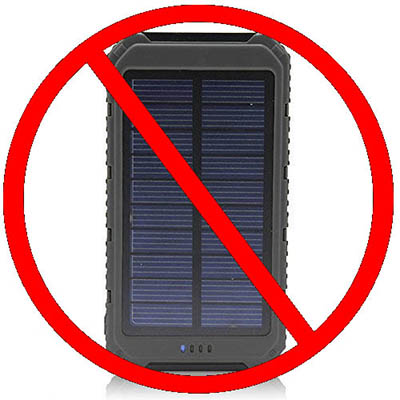 |
| For $10, a pocket rechargeable battery will recharge a device once or so. Use an 8W or 20W panel to recharge it. Making it bigger and adding a solar cell is not 'going solar', just sort of looks like you are. A battery might last two+ years, a solar panel big enough to not need a battery could last a couple of decades. |
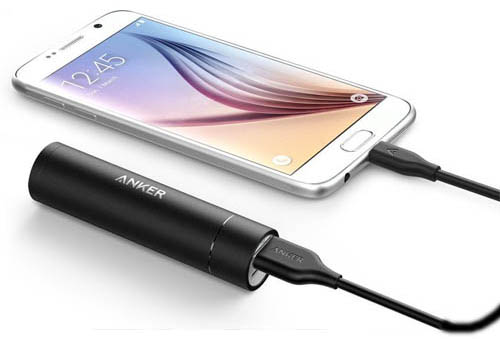 |
| For $20, combine flashlight and power bank for USB charging. Use solar to charge it. And, yes, there are many USB battery-based chargers to consider. Basically you are buying a rechargeable battery, so divide cost by mAh rating to see what the extra features are costing.. |
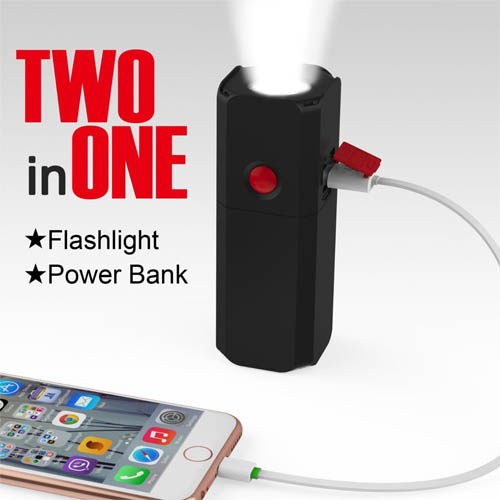 |
| A real, as distinct from apparent, solar charger doesn't have a built-in battery. Okay, there is one 6W panel with a small battery that could be a reasonable choice for some. At $39 it may be too little for too much, however. I avoid built-in batteries as they will need replacement or the whole thing is trashed, which will be after the warranty is history, so the seller doesn't care. |
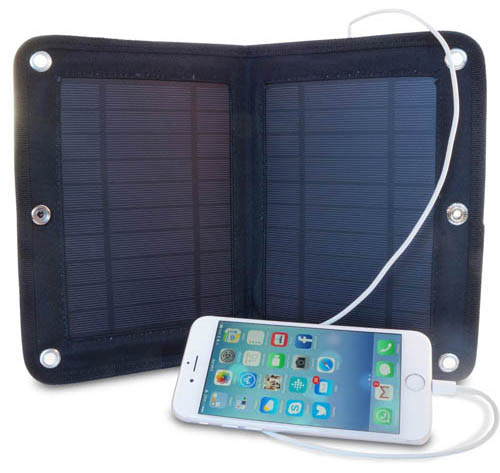 |
| You can go for one big one if high power is needed to charge two devices at a time or one power sucking product. For the power user, a 20W charger maybe considered for $55. It has three panels that fold and can be hung on a book bag, as can be the smaller 8W ones, so it is a contender. If you have an iPhone, you can afford bigger and need it. For portable, this is pushing the big side. |
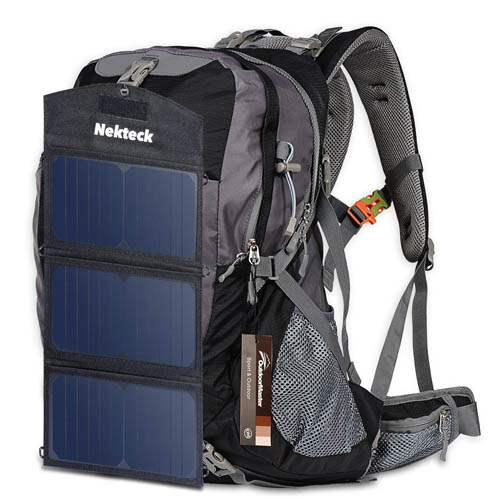 |
There are cheaper 5 watt panels, but the sun doesn't always shine bright, so go with a 7 or 8 watt panel instead and if you need more power, get two and hook them together.
I've tried several brands of two panel folding chargers, and this one is good enough. It claims 8W, but could be equivalent to a 7W as wattage is nominal and making claims of more is tempting. It is $20 and includes a micro USB cable.
Consider getting two. |
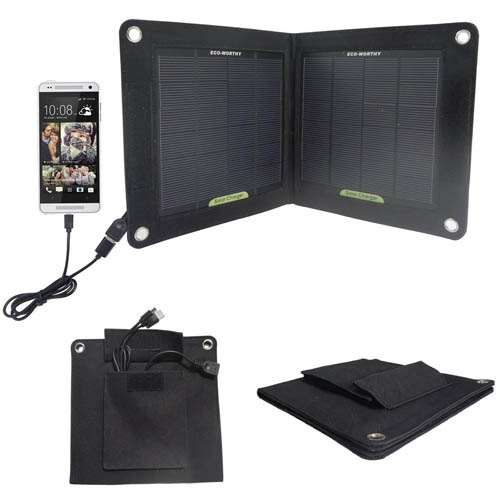 |
I like the versatility of having two 8W panels. Redundancy is good as lost/stolen happens and technology can/will fail, so two eggs are better than one big one. And my wife can have one, I get one, and we can combine for a 16W charger that will charge two devices or one power demanding one, just a bit slower than the 20W charger. To charge four AA batteries, two panels should be combined. If each are well hung on separate backpacks, they fit two packs nicely to charge his and hers, though to make your devices really happy combine the two for a much better charge (sexual innuendo implied). With two panels two cell phones can be charged in two places at the same time.
To combine two panels you'll need a Y cable with one female and two male USB ends. About $3. |
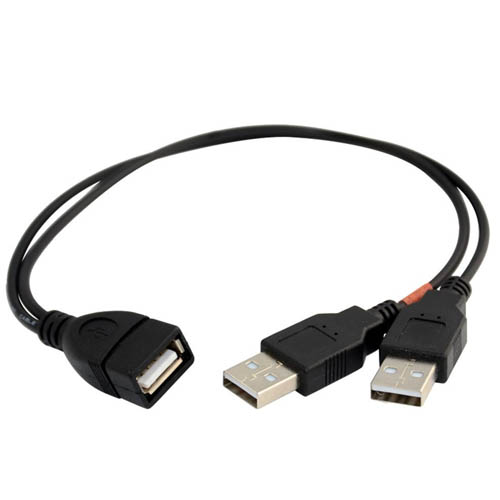 |
| For charging AA and AAA batteries, you can get a USB AA/AAA charger and solar power it. A more versatile option is to get one that also is a USB recharger that draws down the AA batteries to charge a cell phone or whatnot. It can be used to charge stuff at night. If AA batteries are charged and you need some, just remove. The GoalZero is nice but at $50 is a premium price for what may be a premium product. |
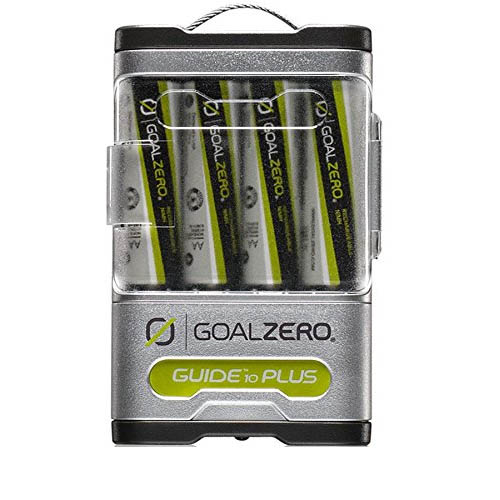 |
| I'm a cheapie so I went with the $16 one which does not come with rechargeable batteries, but isn't just an AA/AAA battery charger as it is also a USB charger. There are USB AA chargers that use charge, but one that can also charge USB devices, that can recharge the batteries using solar, can be useful. Has something to do with the sun shining on the wrong side of the planet about half the time. |
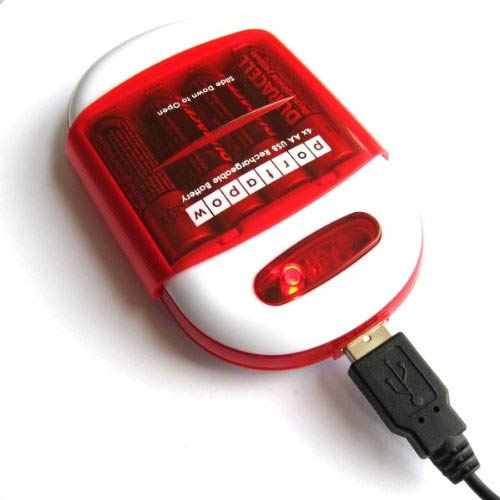 |
Just to mention, don't even have a picture, but connect two of the 8W panels with a cord so that one hangs over your back and one over your chest—no backpack needed. You can then wear 16W and help set a new fashion trend. |
|
When buying devices, those with built-in batteries are not your best friends. I recently bought a camera and forgot to check what it used for a battery. Haven't been able to find a USB charger for it yet. They like to sell you on how thin and light the widget is and as the built-in battery lasts longer than the warranty and maybe the device, the seller, it still around, will be happy to sell you a replacement widget since you may not be able to figure out how to replace the battery. So go with AA or AAA devices for obvious reasons. |
 |
This is a potentially useful device. Not just another thumb drive. Wear it around your neck or keep it handy. In a 'situation' where you might want a recording of what is said, flip a little switch and record what is said, up to 15 hours of what was said should you be be held for interogation. These are less than $15, and you can use as an 8 GB thumb drive too.. |
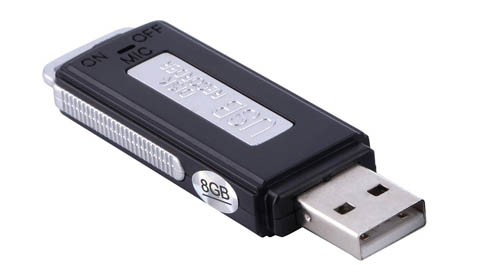 |
| But, but what if you have nothing to charge? Carry solar in the sun for noth'n? Well don't dispare. Rig a USB fan under the brim of your hat, use short USB extention cable, and get blown in the sun (no sexual innuendo implied). |
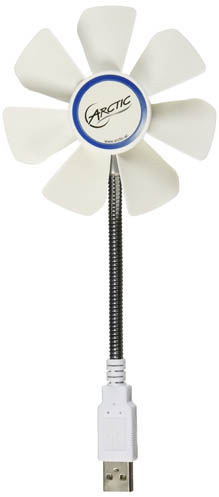 |
| Another battery-based USB charger that can be recharged using solar. It is a rugged, waterproof one for $25. Rain happens. And its a flashlight. |
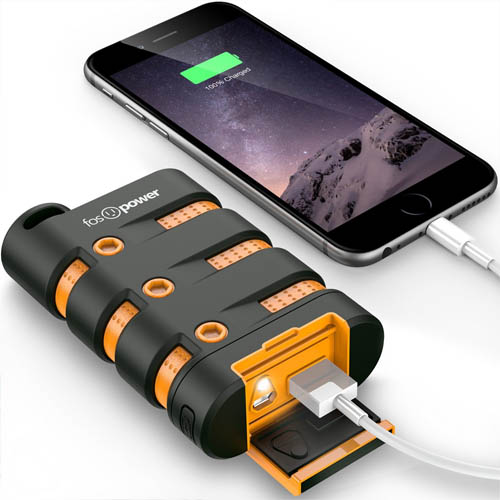 |
| |
|












